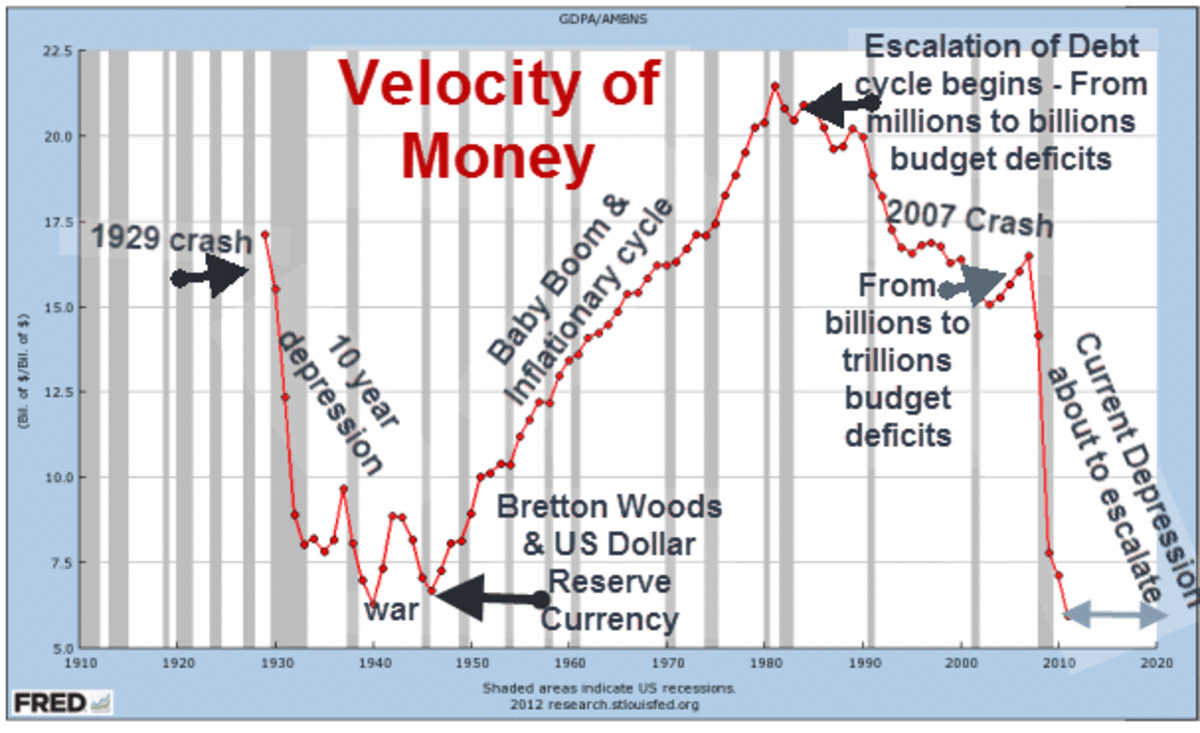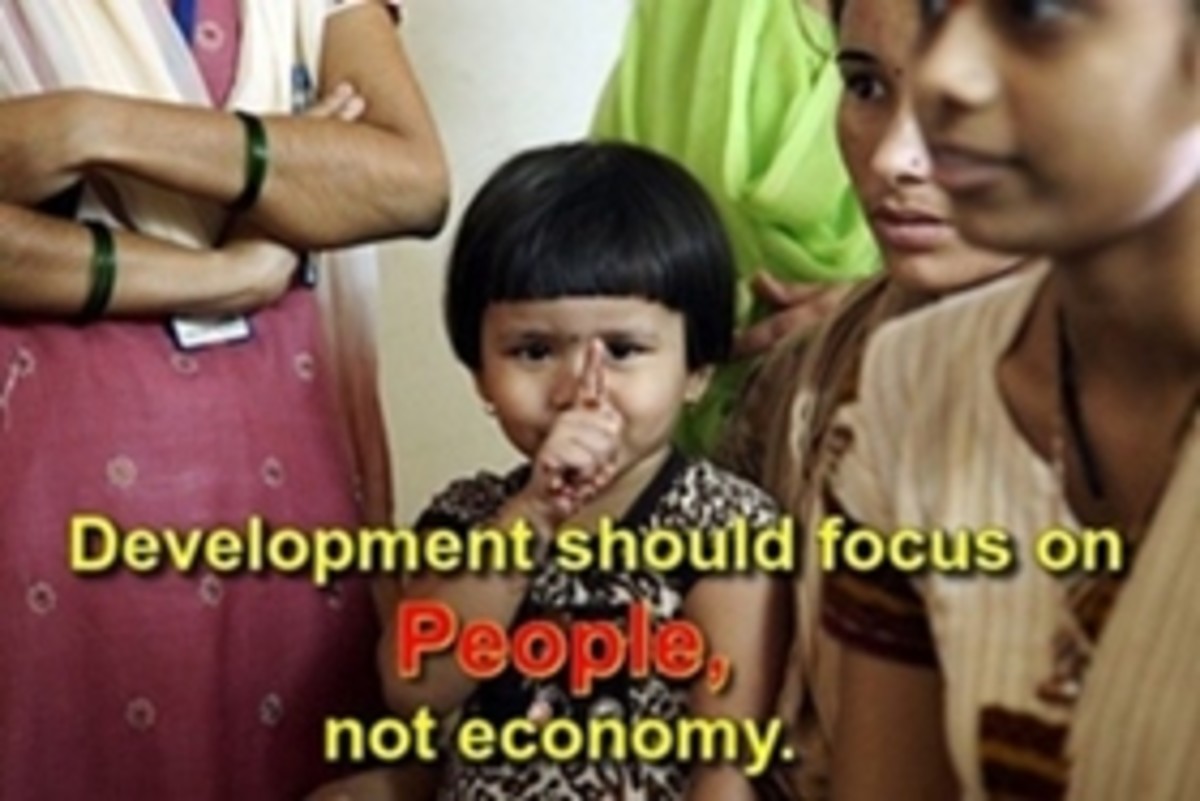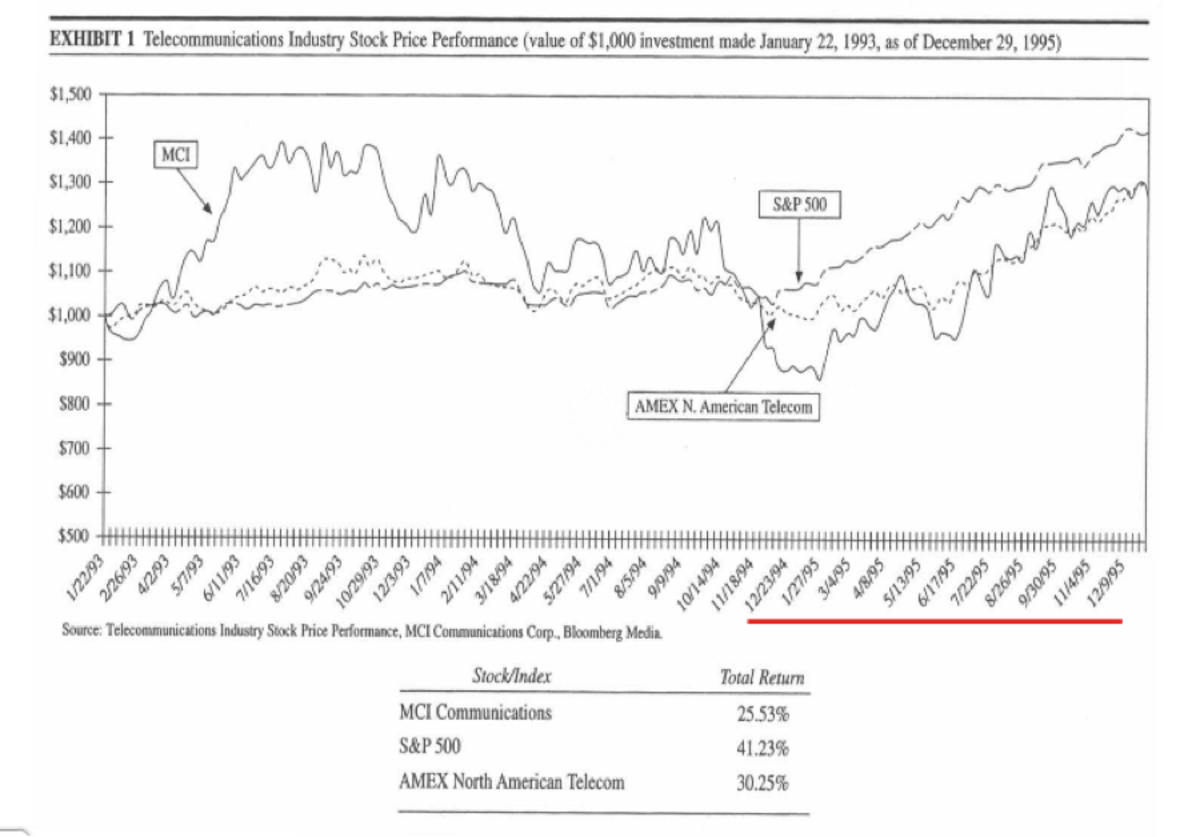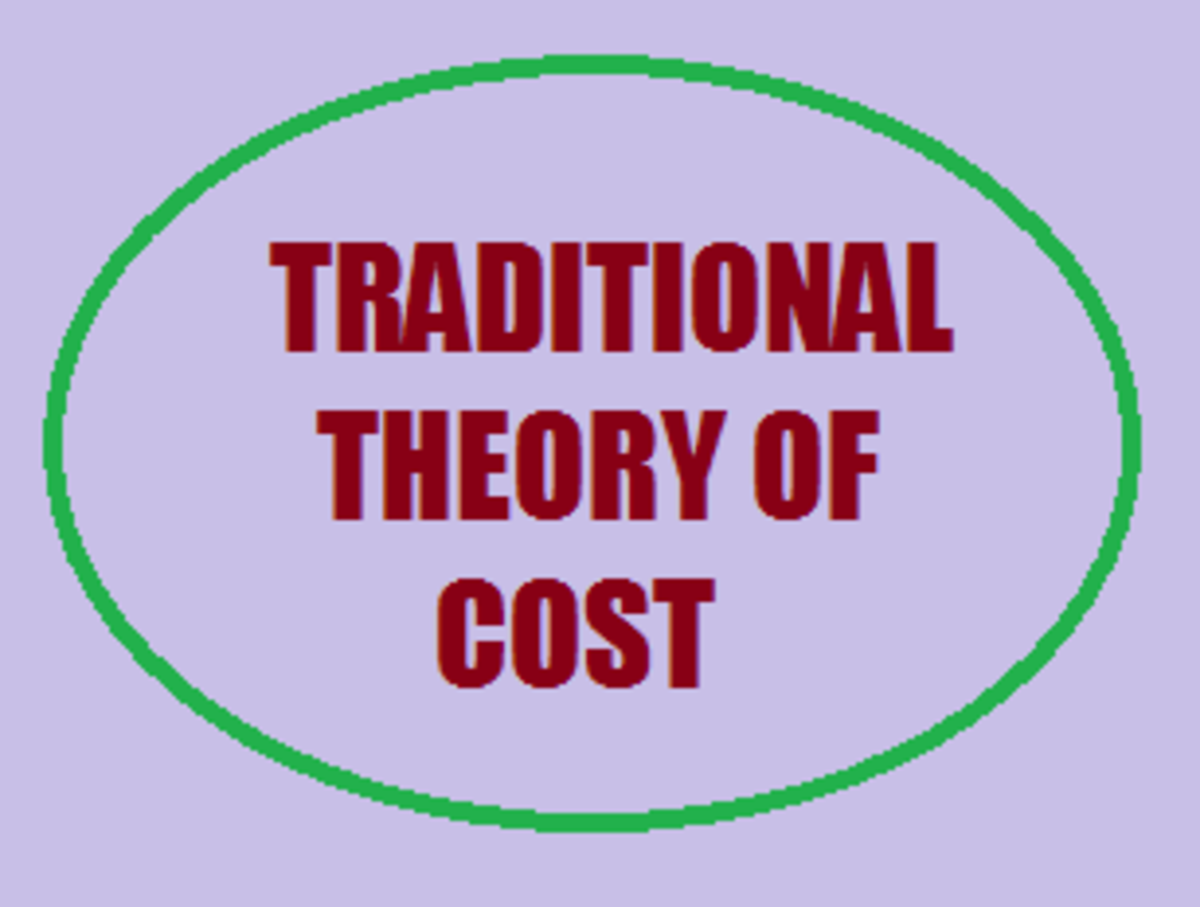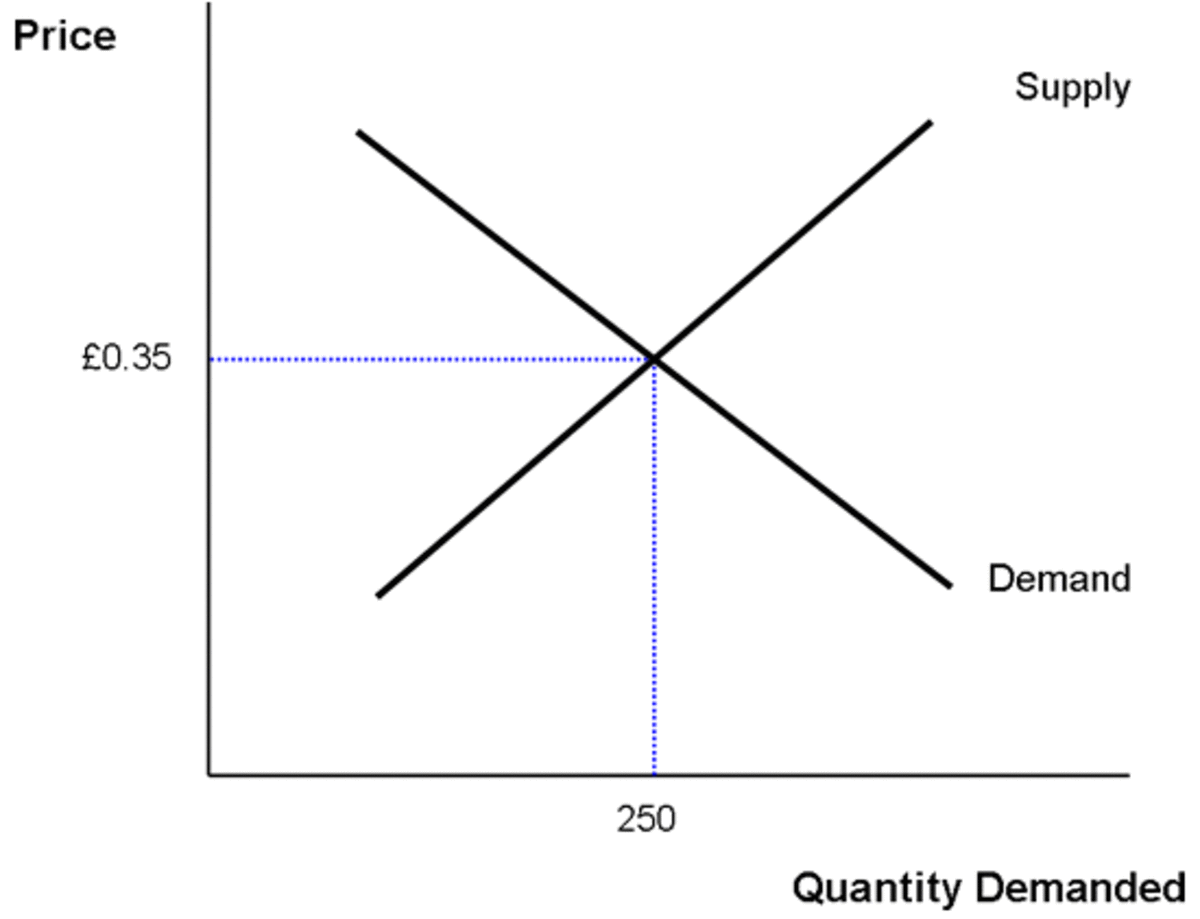Critical Minimum Effort Thesis of Harvey Libenstein for the Growth and Development of a Country

Introduction
Critical minimum effort thesis is one of the theories in the economics of development. Every country of this world started their journey of progress and development from nothingness. Today, economics of growth and development is one of the most attracting branches of economics. It analysis the different stages of development which comes as the result of human endeavor.
Critical minimum effort thesis was developed by Professor Harvey Libenstein. He published his book titled “Economic Backwardness and Economic Growth” in 1957. By this theory he talks about some of the bad features of underdeveloped economies. The theory is emphasizing on to the path of development by an underdeveloped economy.
Critical Minimum Effort Thesis
Underdeveloped economies are characterized with much backwardness. Generally in underdeveloped countries, people earn lower income, low savings and investment. Since vicious circles of poverty is the core problem of under developed economies, productivity will be lower. This creates barriers to grow more. Anyway, critical minimum effort thesis is discussing about the ways which can be followed to escape from the economic backwardness of a country.
The thesis is based on the population trap concept of Malthus. According to Malthus, higher population growth rate is one of the great challenges of any economy. The theory assumes that, when a country enters in to the path of development, there will be simultaneous increasing tendency in between per capita income and population. But this increasing trend of population can be seen only ion the initial stages of development. At the same time higher population growth rate is one of the main problems of under development. But when the economy grows more, the growth rate in income will overtake the growth rate in population. This declining trend in population may happen because of many reasons like changes in social system, attitudinal changes among people etc. In short, when an economy enters in to higher level of development, population growth rate will decline.
Every economy is mainly characterized with two influences like shocks and stimulants. Shocks are those factors which tending to decrease the income generating opportunities of the people. On the other side stimulants are those economic factors, which encourage income generating forces. An economy can grow and achieve development only if stimulants are greater than the shocks. On the contrary, if shocks are greater than the stimulants, it will not be a favorable condition for economic development. For under developed economies, sufficient amount of investment is the best stimulant.
Professor Harvey Libenstein also mentioned about the role of some growth agents to uplift the economic growth and development. The growth agents includes peoples who are acting as entrepreneurs, savers, investors, discovers etc. These growth agents can stimulate the economic activities. Highest level of investment means that, the economy is capable of generating more employment, income, savings, growth etc. In short, a high level of role of these growth agents implies easiness of development.
Another point in the theory is the zero-sum incentives. This refers the distributive function of an economy. The economic system must be capable of distributing the incomes in an equitable way. At the initial stages of development, there is a possibility in spreading of income inequality. This may create a wide gap between rich and poor in the country. But, the distribution of national income must be based on the principle of equality. Otherwise, there is a chance for rising of monopoly powers in the economy. Therefore the economy must control such challenges.
Every economy is mainly characterized with two influences like shocks and stimulants. Shocks are those factors which tending to decrease the income generating opportunities of the people. On the other side stimulants are those economic factors, which encourage income generating forces. An economy can grow and achieve development only if stimulants are greater than the shocks.
Effects of Critical Minimum Effort
Once the economy attained development or critical minimum effort, there will be multiple effects. Some of them are listed below.
i) The economy may experience wide structural changes. There will be transformation of working forces from agricultural sector to industrial and service sectors.
ii) Once investment increased, there will be high use of technical know-how. This will ensure higher productivity. In developed economies, capital output ratio will be lower.
iii) There will be high range of mobility of factors of production like labor, capital etc.
iv) There will be higher level of specialization. This enriches the productivity and reduces cost of production.
v) There will be a wide social and economical progress. The economy will enjoy better healthcare system, good infrastructure and other services.
Limitations of the theory
The critical minimum effort thesis is not free from criticisms. Some of them are mentioned below.
The theory is based on the assumption that in the initial stages of development population will increase with respect to increase in per capita income. But after a particular level, population will decline while income increases at a higher rate. The theory is neglected the role of other factors of declining population growth. There are many factors which tend to decline the population growth like improvements in healthcare system, advancement in medicine etc.
Conclusion
In simple words, the critical minimum effort thesis tells us about the various factors of under development. It suggests the role of investment in the economy to overtake the under developmental conditions. Professor Harvey Libenstein connects the development of a country with many socio-economic factors like per capita income, population growth, capital-output ratio etc.



